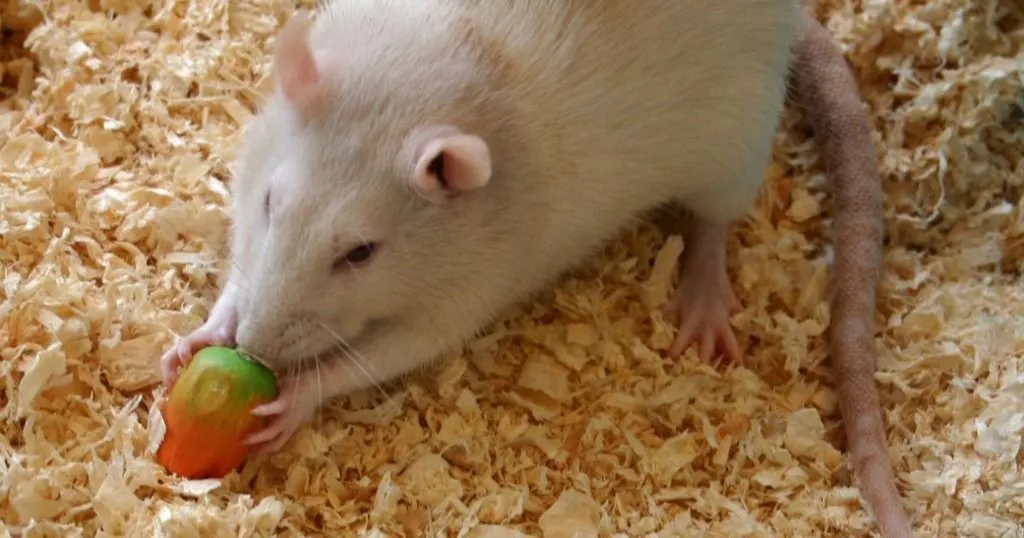Connects some dots - cognitive impairment and cranial radiation
On a yearly basis, an estimated 20.000 individuals are diagnosed with primary brain tumors in the United States alone. About ten times that number of patients will receive treatment for primary or metastatic brain cancer.
Posted by
Published on
Fri 22 Mar. 2013
Topics
| EthoVision XT | Learning And Memory | Mice | Morris Water Maze | Novel Object Test | Video Tracking |

By Dr. Christine Buske
On a yearly basis, an estimated 20.000 individuals are diagnosed with primary brain tumors in the United States alone (Langley & Fidler, 2013). About ten times that number of patients will receive treatment for primary or metastatic brain cancer. Often times, these brain tumors are located in regions that are difficult to reach surgically. This leaves whole brain radiation therapy as the only viable treatment.
While effective for many patients, damage to the brain is inevitable and can leave as many as 50% of surviving patients with cognitive impairments. These include functional deficits in attention, memory, and executive functioning that severely affects the patient’s quality of life.
Radiation-induced cognitive impairments
Quality of life is an important consideration, in particular when cognitive impairments are severe after long therapy sessions. While the risks are well known, the mechanisms underlying radiation-induced cognitive impairments are not well understood at this time. To improve the quality of life of treated patients, having a better understanding of these mechanisms, and what may alleviate the onset or progression of these impairments is imperative.
The literature suggests that radiation therapy can induce changes in vascular and neuroinflammatory glial cells. Recent studies have focused on the hippocampus, an area where adult neurogenesis takes place and an important brain region in learning and memory functions.
Cranial radiation
One such study was published by Belarbi et al. (2012). The authors investigated potential mechanisms contributing to the cognitive impairments observed resulting from cranial radiation. They focused on inflammation as a major contributor to these impairments. The study showed that the chemokine (C-C motif) receptor 2 (CCR2) is involved in the cognitive deficiencies by studying two mouse populations after radiation: wild type and CCR2 deficient. In both populations the number of adult-born neurons were reduced after radiation. However, the distribution patterns of these neurons throughout the granule cell layer were different between the two populations. In CCR2 deficient mice, the distribution pattern was unchanged, while in wild-type mice the fraction of pyramidal neurons expressing plasticity related immediate early gene Arc was not normalized.
While these observations are interesting, they do not confirm whether the two mouse populations showed any difference in cognitive output. The behavioral tests conducted in the same study offer the supporting link between behavior and the molecular results. The authors used both the novel object test and the Morris water maze to assess cognitive functioning. EthoVision was used to track the behavior of the mice in both tests.
Spatial learning and memory was affected
Novel object recognition did not appear to be affected by radiation, or at least not at a level detectable by the behavioral test. Both the CCR2 deficient and wild type mice explored the novel objects (mouse directing its nose within 4 centimeters to the object) they were exposed to more than the familiar objects, and no significant difference between the populations could be observed. On the other hand, spatial learning and memory as assessed in the Morris water maze was affected. The CCR2 deficient mice seemed to be at a significant advantage compared to wild type mice after identical radiation exposure. CCR2 deficient mice performed remarkably better in the spatial learning and memory tasks.
EthoVision was used to track the swim path of the mice to a hidden platform in the Morris water maze, and in all trials CCR2 deficient mice performed better, suggesting this population enjoyed some protection from radiation effects on cognitive functioning. This study has shown a new role for CCR2 signaling in radiation-induced cognitive impairments, where video tracking was able to capture the differences in cognitive output between the mouse populations.
The full article can be found here.
References
- Belarbi, K.; Jopson, T.; Arellano, C.; Fike, J. R.; Rosi, S. (2013). CCR2 Deficiency Prevents Neuronal Dysfunction and Cognitive Impairments Induced by Cranial Irradiation. Cancer Research, 73, 1201–1210.
- Langley, R. R.; Fidler, I. J. (2013). The Biology of Brain Metastasis. Clinical Chemistry,59, 180–189.
Related Posts

Behavioral Tests in the Dark: Will Researchers See the Light?

Why wolves cry out for their friends

